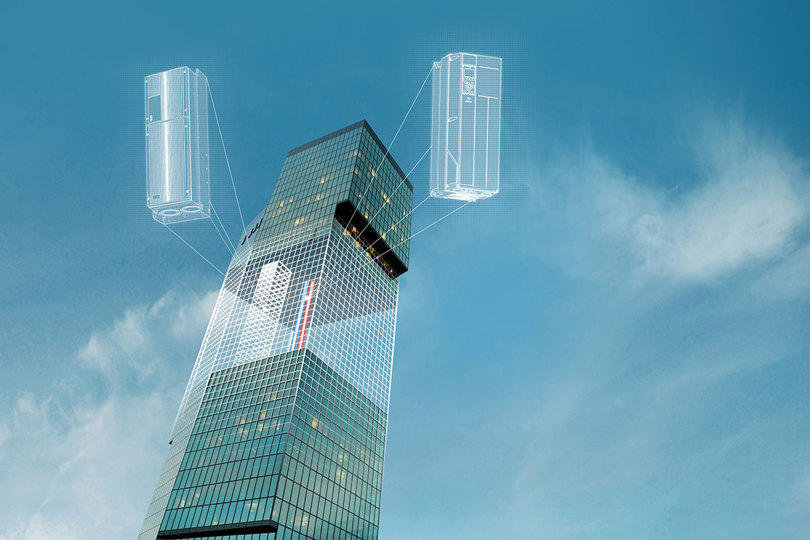
Published: Huffington Post
Energy efficiency - the trillion dollar opportunity. How can we unlock this potential? How can we accelerate it? Certainly, we have come a long way in talking about energy efficiency as an action we can and must take now.
This week, Danfoss participates in the World Energy Council’s Congress in Istanbul, Turkey. Having energy efficiency on the WEC’s agenda is a great signal of its urgency. Today on a panel dedicated to energy efficiency, we will discuss practical short-term solutions.
We all agree: Action is what we need in the post-Paris agreement world. And energy efficiency action needs to start in buildings.
Here in Turkey, the World Resources Institute reports, 75% of energy is imported and one third of this energy goes to buildings. Each 10% improvement in building efficiency through renovation would save Turkey close to $2 billion USD annually. Building efficiency has the largest emissions savings potential for the lowest cost.
Buildings hold huge potential. If we get buildings right, we get the energy system right.
In 2050, nearly 70 percent of the world’s population will live in cities. With so much new construction, especially in China and India, this is an opportunity to lock-in buildings with high energy performance and lower resource use. But it’s an opportunity only if we are able to get it right from the start, through building standards that require improved energy performance.
Post-Paris, we cannot live in a world without building standards: we must accelerate building standard implementation globally.
Renovating the existing building stock is another good starting point, as it clears the path towards decoupling growth from energy consumption.
There are some straightforward solutions. In Europe, for example, more than 500 million radiators do not have thermostats. If we installed these thermostats, we could achieve 4 percent of the EU 2020 energy efficiency target and save almost 10 billion EUR.
Energy efficiency has a low payback time, low policy risk and low technology risk.
Energy efficiency makes the uptake and integration of renewable energy affordable. If buildings are more efficient, cities and countries need less new power capacity. Without energy efficiency, we would already have used 65 percent more energy globally.
Energy efficiency also helps us use more renewable energy. It’s not about how much wind energy we can produce: it’s about how much wind energy we can use.
Connected efficient buildings reduce peak loads and better use fluctuating renewable energy supply.
Currently, buildings account for 40 percent of global emissions. But that does not have to be the case in the future. What if I told you that we can create smart and connected buildings which produce energy rather than consume energy?
This is already possible today and the examples are plenty: from the Danish city of Aarhus where waste water management is able to create heat for the neighboring buildings and sell energy to the grid, to supermarkets reducing peak loads and steel plants providing entire cities with heat.
This next level of energy efficiency comes from connected buildings linked with district energy. District energy is a system where heat energy - which otherwise would be wasted - is captured, stored and distributed as hot water to commercial, industrial and residential buildings through a network of insulated pipes.
Such a system is the key to seizing the opportunity and unlocking the potential for energy efficiency in the built environment. In Denmark, more than 50 percent of the energy used in district heating is renewable. Thus, district energy is not only highly efficient, it is also leading the way when it comes to the integration of renewables. In fact, the latest generation of district heating technology makes use of a wide variety of renewable energy resources including waste heat from industrial processes, heat from power generation, energy generated from municipal waste incineration and natural heat sources such as solar, geothermal or wind.
In any ambitious transformation of our energy system we will need to rethink how buildings are integrated and connected. We will need to rethink how we collaborate. And we will need to rethink the concept of “Smart Cities”.
To accelerate building efficiency, I invite you to join the Building Efficiency Accelerator under the Sustainable Energy for All initiative. This action-oriented partnership supports governments and cities to unlock the potential of buildings, led by the World Resources Institute together with UNEP. Public and private partners are most welcome to join. Let’s accelerate building efficiency together.

Engineering the world of Tomorrow
Danfoss engineers advanced technologies that enable us to build a better, smarter and more efficient tomorrow. In the world’s growing cities, we ensure the supply of fresh food and optimal comfort in our homes and offices, while meeting the need for energy efficient infrastructure, connected systems and integrated renewable energy.
Our solutions are used in areas such as refrigeration, air conditioning, heating, motor control and mobile machinery.
Our innovative engineering dates back to 1933 and today Danfoss holds market-leading positions, employing more than 26,000 and serving customers in more than 100 countries. We are privately held by the founding family.
